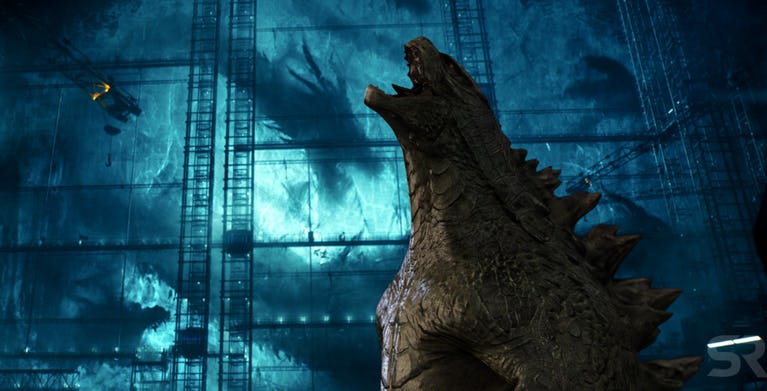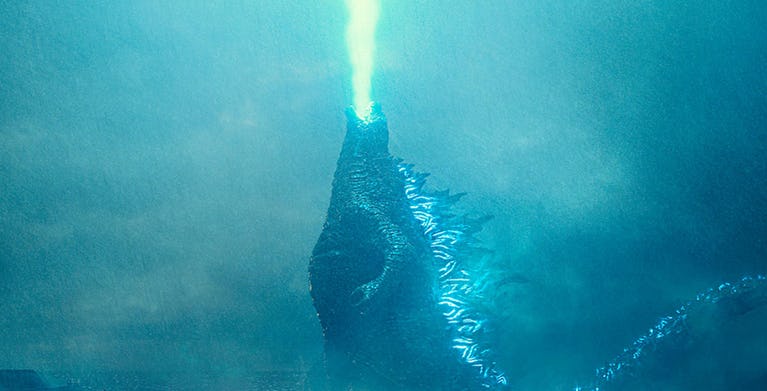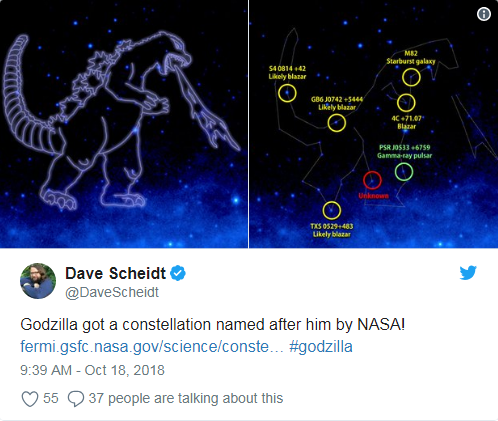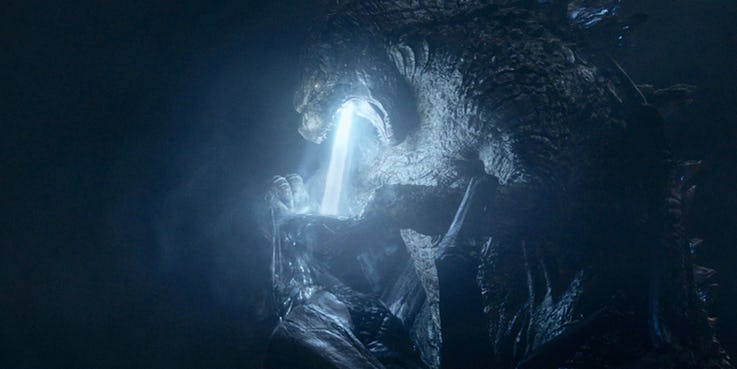Nasa has recently named a star constellation after the iconic Gojira, the monster is known around the world as Godzilla. The gigantic creature first appeared in Japanese Film and Theater production and distribution company Toho’s Gojira. Later Gojira was adapted later in America and the Americanized version of the King of the Monsters called Godzilla.

Ever since the creation of the monster in the year 1954, Toho has produced 31 movies based on the beast and into three American movies, which includes the forthcoming Godzilla: King of the Monsters, an integral part of the MonsterVerse of Warner Bros.
Godzilla is a massive prehistoric monster of the sea which is awakened during the testing of nuclear bombs. Originally Godzilla was depicted as a monster about the utilization of nuclear arsenal, but later on, the filmmakers decided to leave out the detail and made him a giant creature who battles other creatures.

NASA, on the other hand, has decided to name a constellation as Godzilla due to the signature power of the monster which is similar to the gamma-ray jets which the stars part of the constellation emit. NASA explained the science behind the gamma-ray jets of the stars of the constellation, NASA wrote, When a giant star runs out of fuel and collapses under its own weight, or when two orbital neutron stars rotate and merge together, a new black hole – and high-speed jets might form. The result is a gamma-ray burst, the most powerful explosion in the universe. According to Fermi’s observation of the gamma-ray burst monitor, these vast explosions occur somewhere in the distant universe every day.

It is not a big surprise that NASA has decided to names a constellation after the iconic monster. NASA has also named constellations after Marvel’s Hulk and Doctor Who’s iconic time travel vessel known as the TARDIS.
With the popularity of the Sea Creature all around the world, it is entirely fitting that the monster is amongst the stars now.









